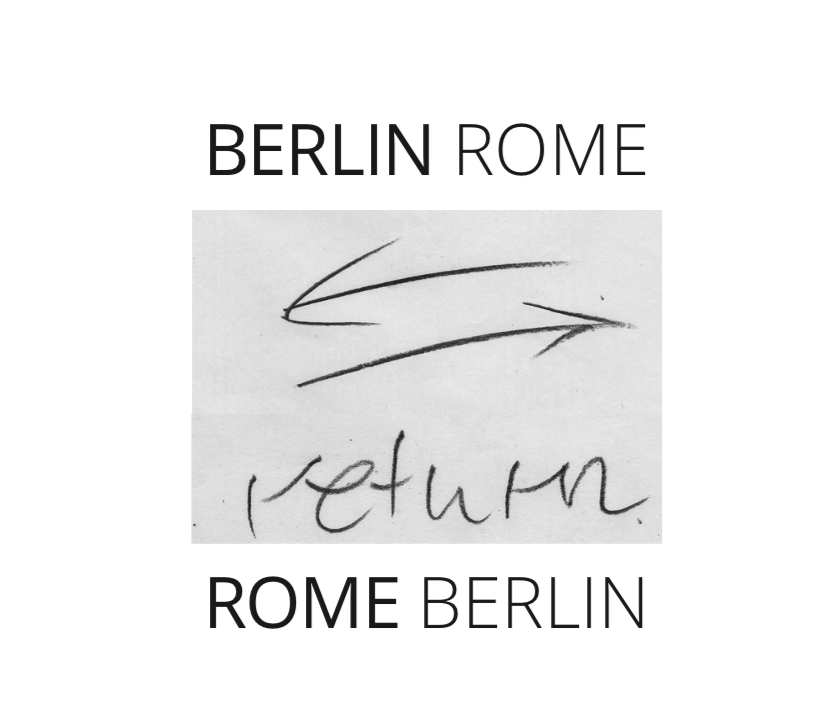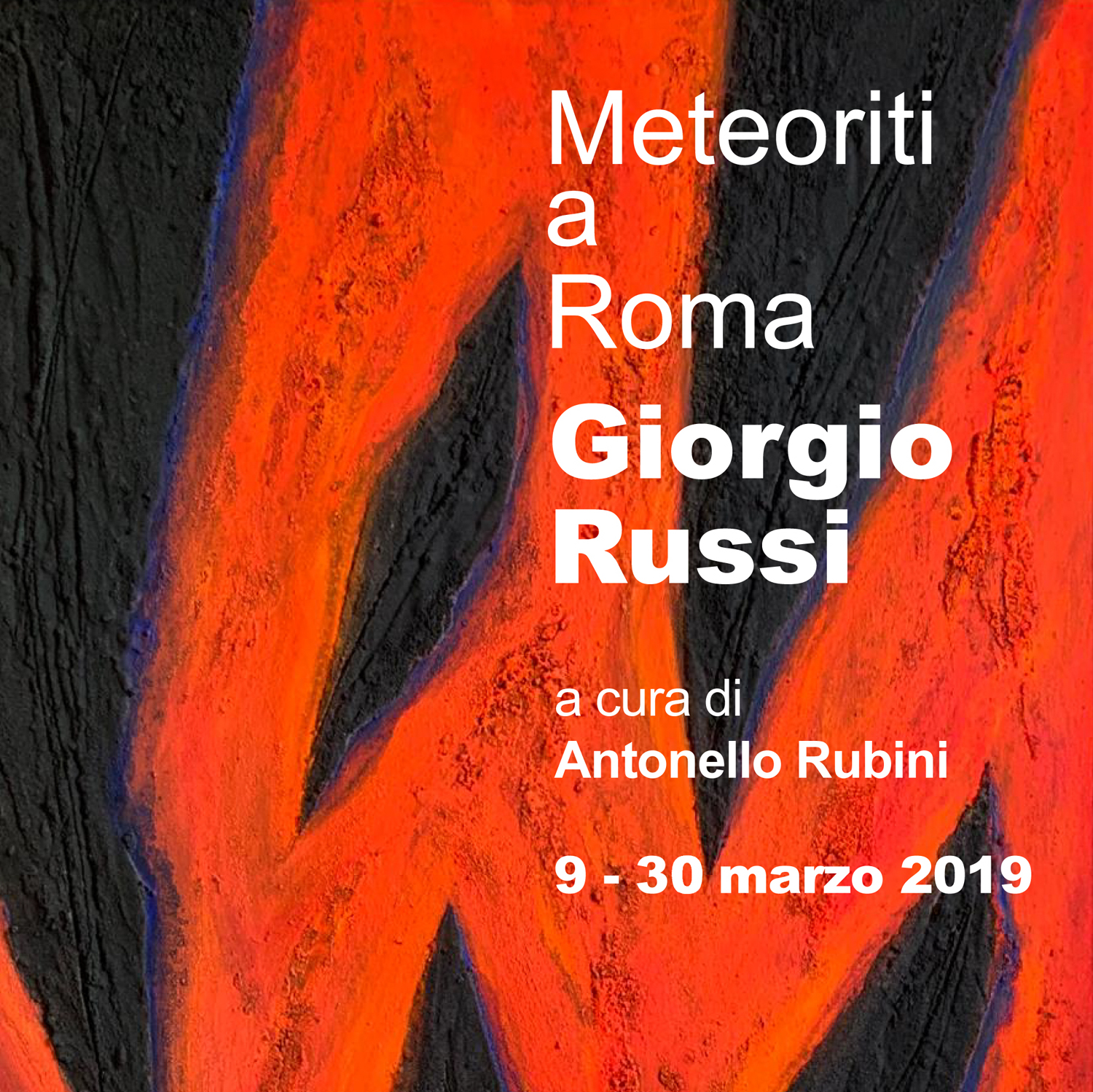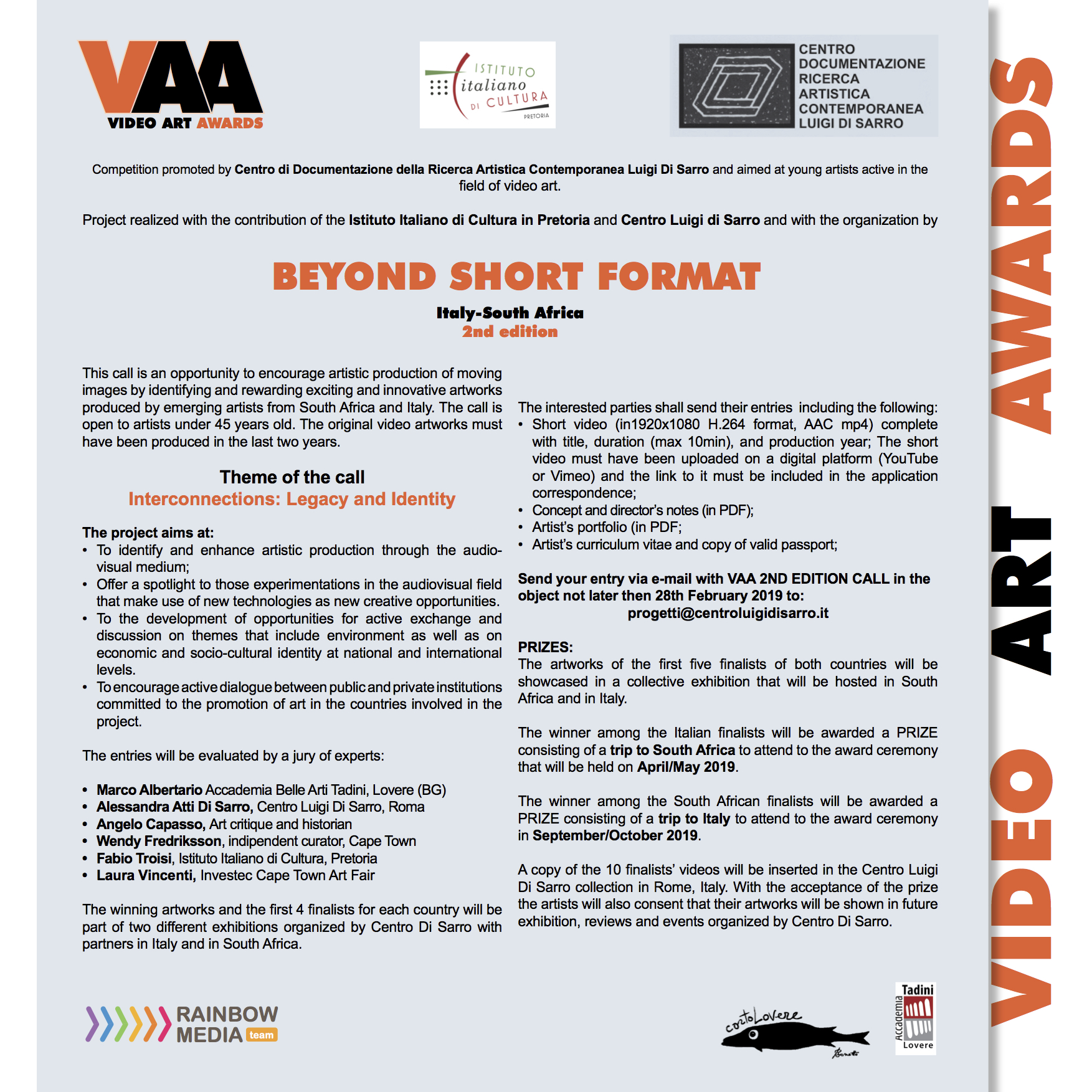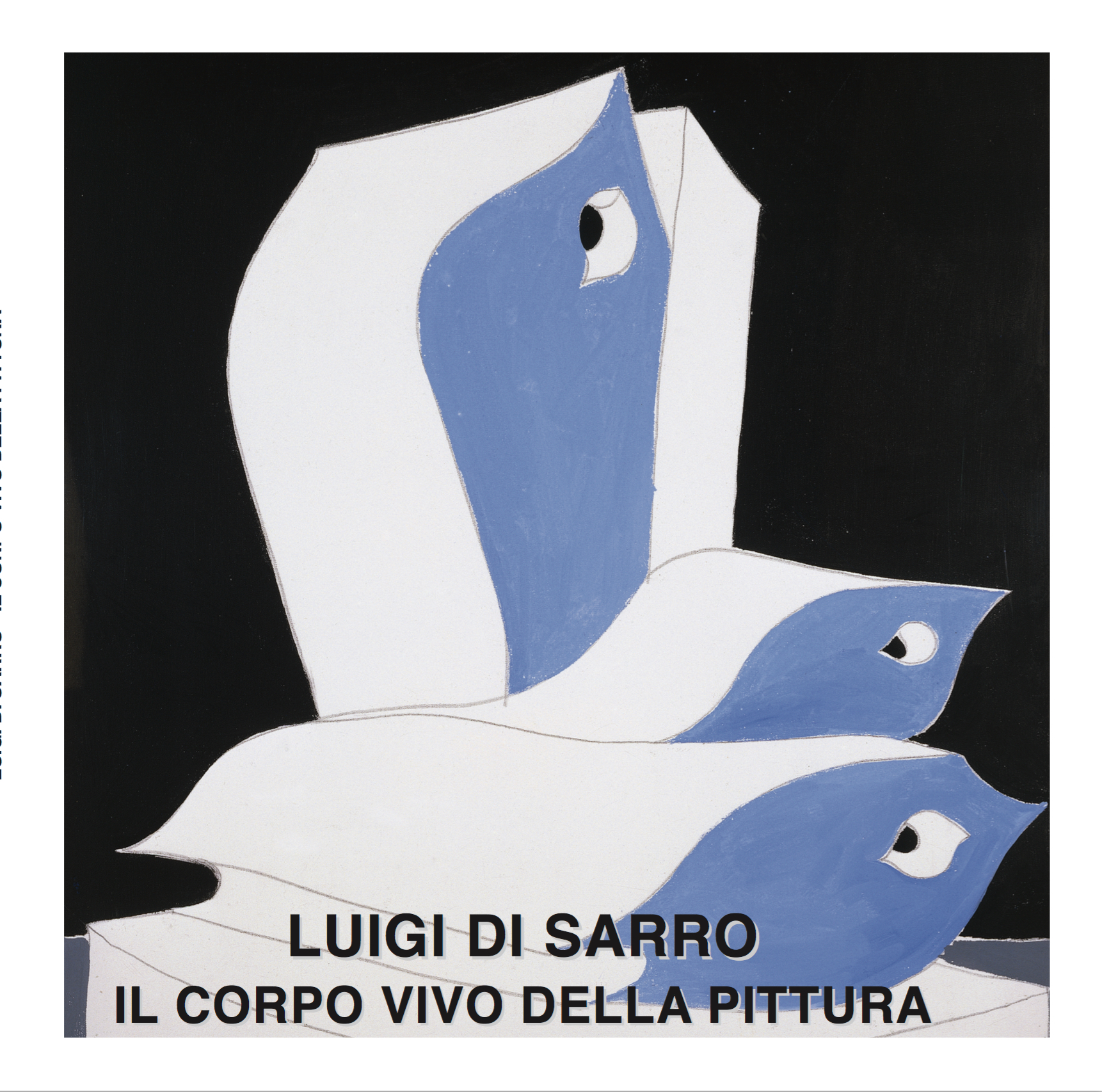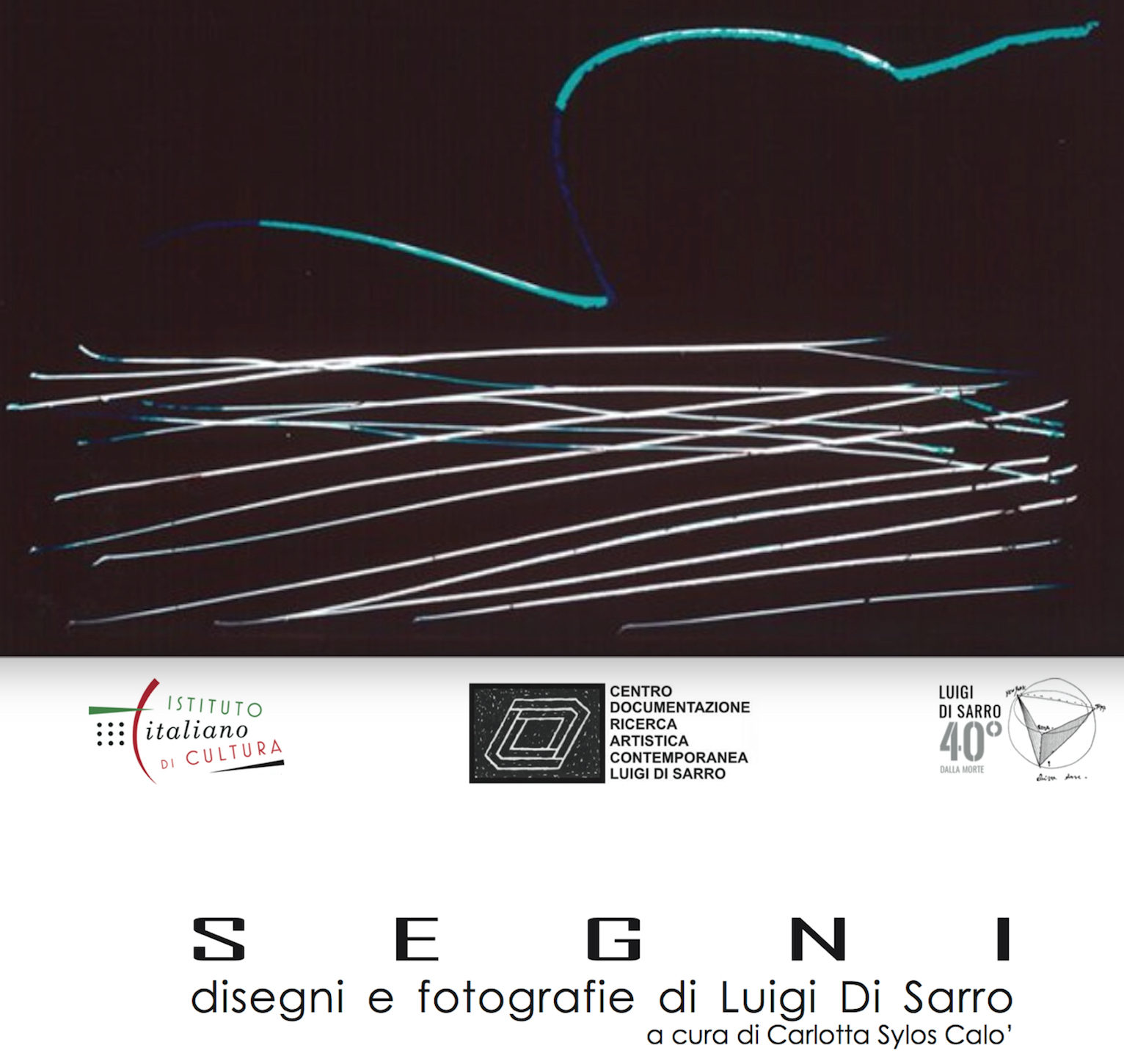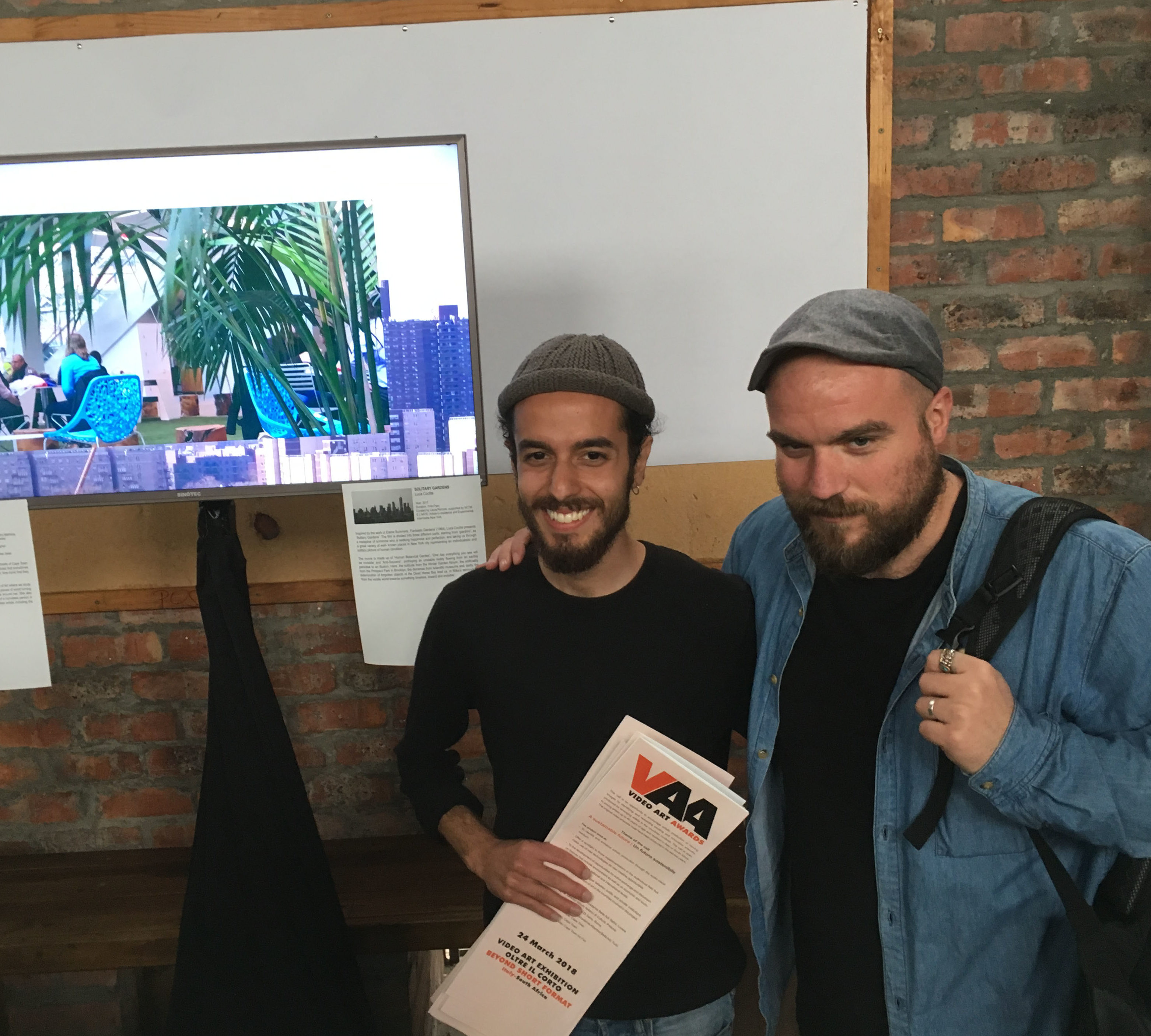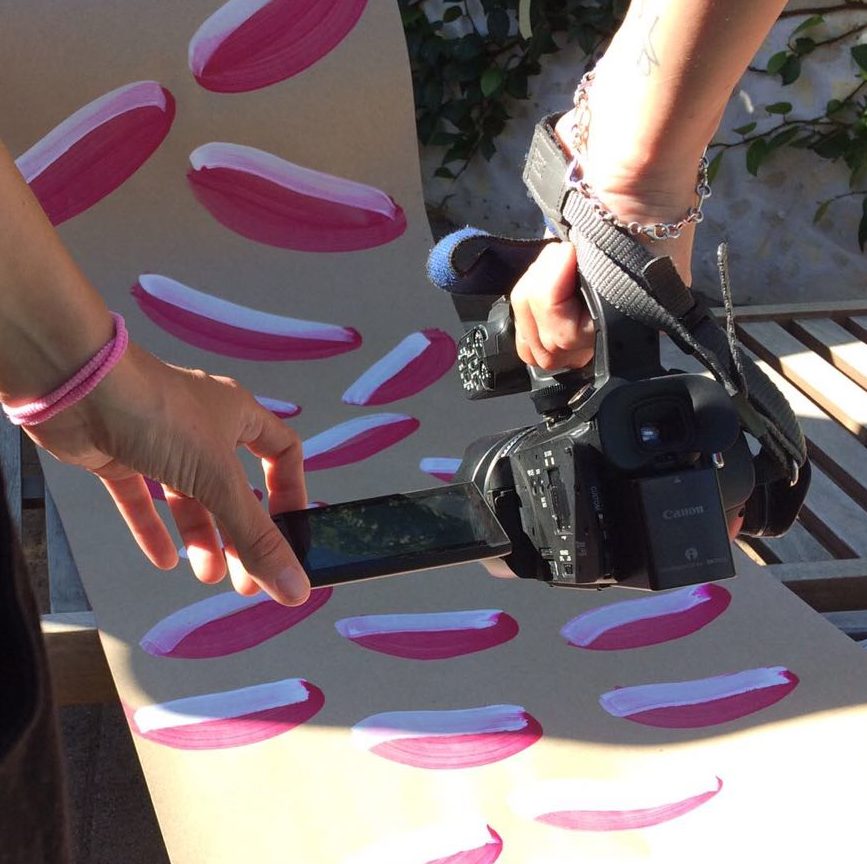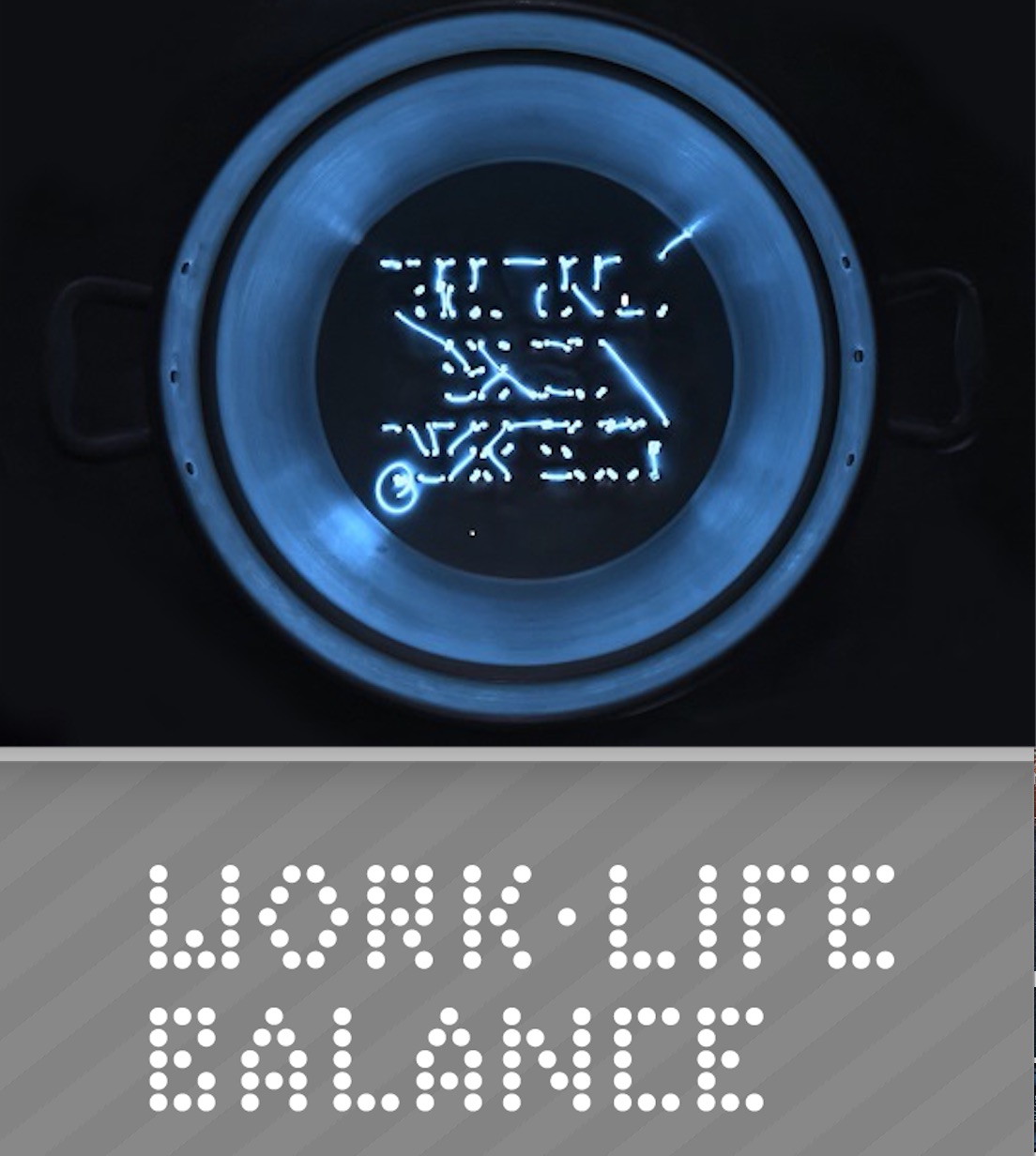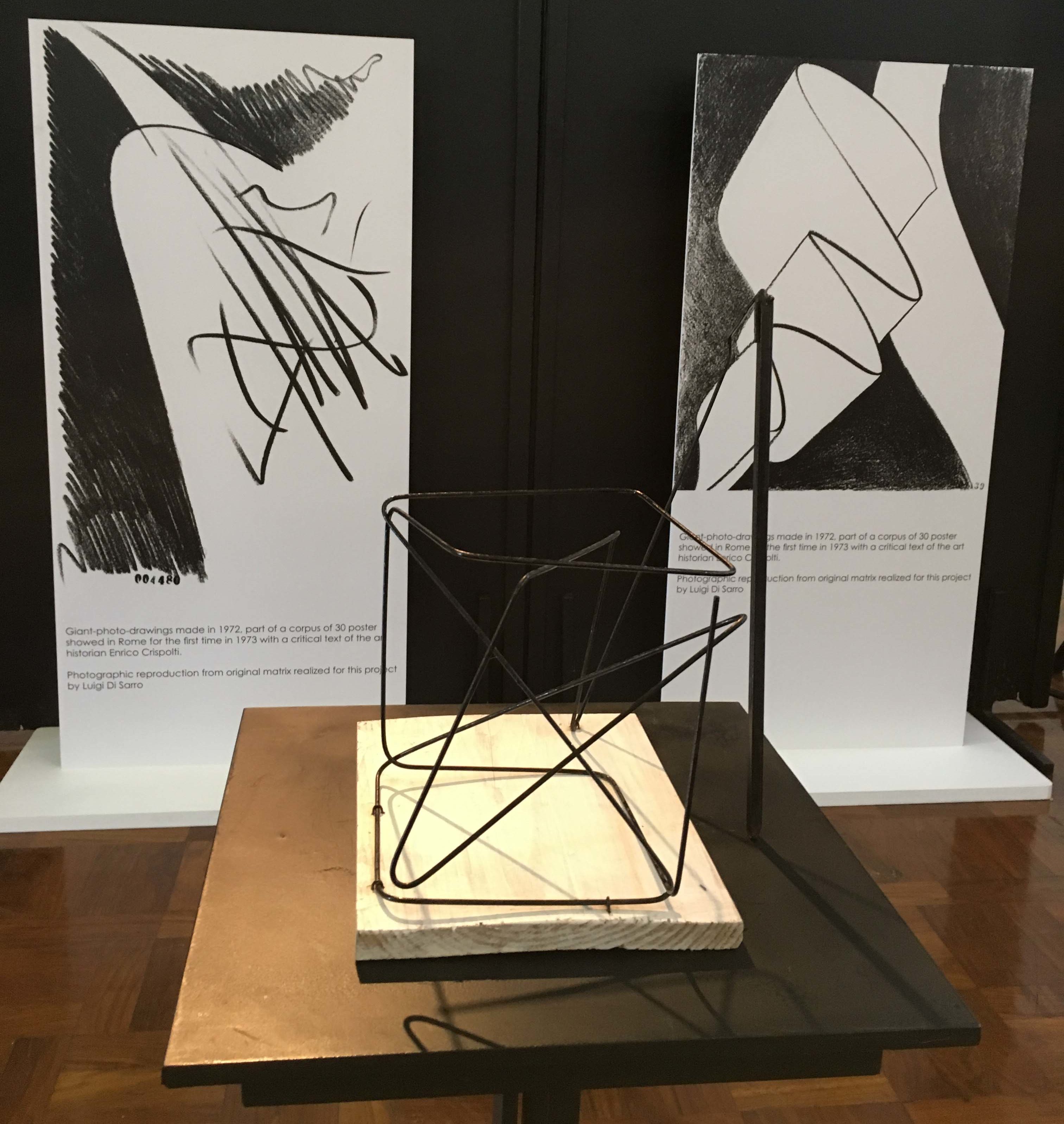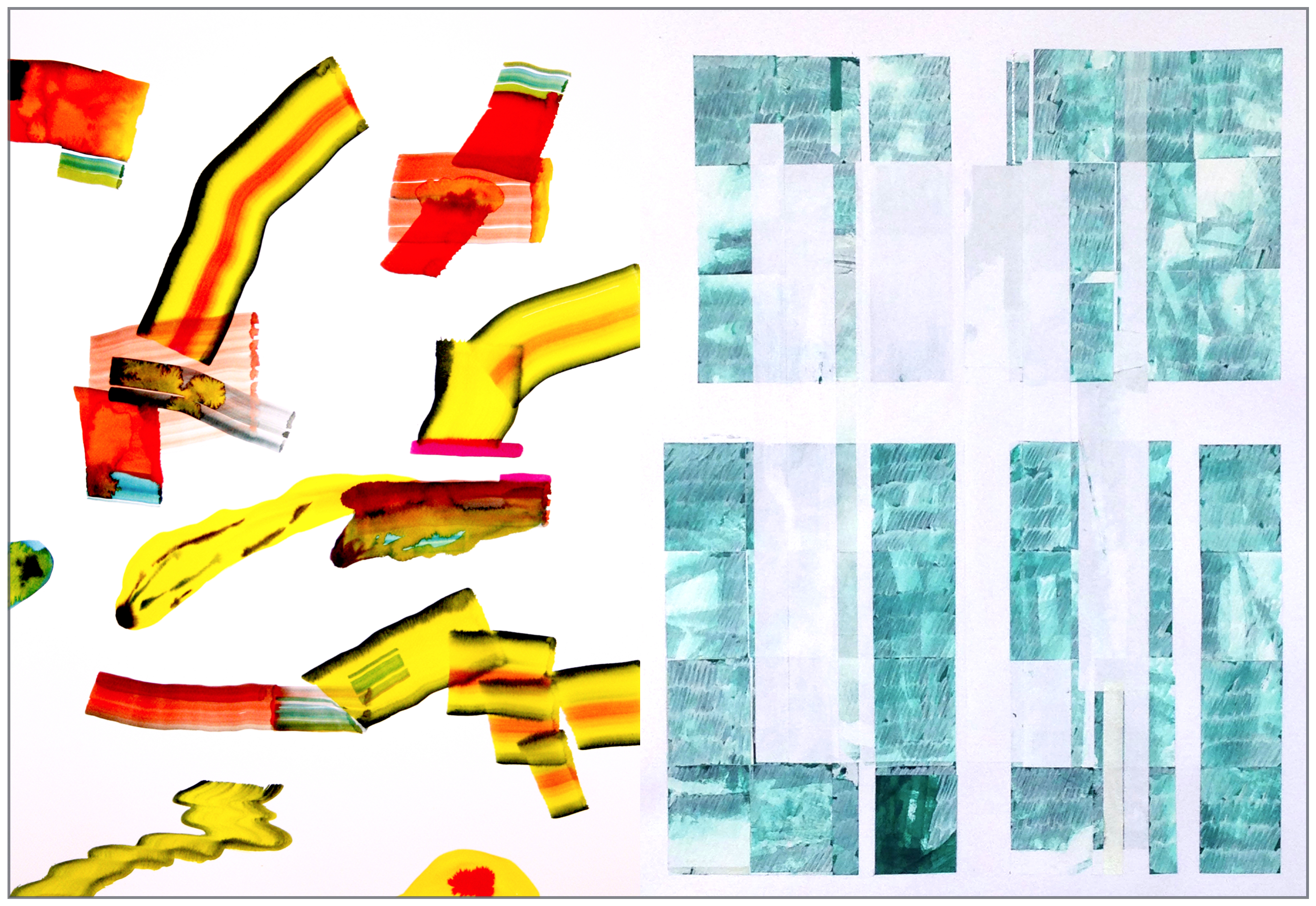The project RETURN Berlin-Rome | Rome-Berlin, born from an idea by Susanne Kessler, is curated by the Centro Di Sarro in collaboration with the Verein Berliner Künstler, and under the patronage of the Istituto Italiano di Cultura in Berlin, with the intention of starting an exchange between the artistic realities of Italy and Germany through the dialogue between the two cities where the proposing associations are based. The project involves two parts: RETURN Berlin-Rome will exhibit the works of 5 German artists (Birgit Borggrebe, Jürgen Kellig, Susanne Kessler, Nele Probst, Marianne Stoll) and the works at the Centro Di Sarro, from 4 April to 4 May 2019 subsequently RETURN Rome-Berlin will see the exhibition of the works of 5 Italian artists (Andrea Aquilanti, Angelo Casciello, Veronica Montanino, Pamela Pintus, Sara Spizzichino) at the Galerie VBK-Verein Berliner Künstler, from 13 September to 6 October 2019.

Birgit Borggrebe.Born in Arnsberg, lives and works in Berlin.
“The harsh and abstract character of our cities, the globalization of the modern world, are in contrast with what remains of Nature: here a tree, a herd of goats there, yet even the clouds themselves shine with suspicious colors. Borggrebe’s images are kaleidoscopes, poetic encounters with a nightmarish reality that could soon cover a large part of our planet. An aesthetic protest spreads from the paintings: that our world is not as it should be. Although it seems strange, the futuristic and apocalyptic landscapes depicted in his paintings are permeated by something that could be described as a “nostalgia for Paradise”. (Kai Michel, Zurich)
Jürgen Kellig. Born in Berlin where he lives and works.
My drawings deal with rhythm and structure, in particular with the interaction between chaos and order, with the similarities between micro and macrocosm. Although reworked in a concrete way, these works can recall organic networks, as well as technological networks. (Jürgen Kellig)
Jürgen Kellig draws freehand. The accuracy of its graphic elements does not follow a program, a pre-established scheme. It simulates the certainty of geometric laws, as in a free zone between micrological proximity and macrological distance: a subject already addressed by the author in previous works. Consequently, the titles of his drawings suggest conceptual clarity: “notation”, “score”, “interconnection”, “civilization”. They transform images into conceptual associations. Images that are the result of associative processes related to a graphic self-referentiality, fixing point as point, line as line and plan as plan or their arbitrary succession. (Wolfgang Siano, from the text in the catalog “Implacable, between line and line and beyond”)
Susanne Kessler. Born in Wuppertal in 1955, she lives and works in Berlin and Rome.
She studied painting and graphics in Berlin at the Hochschule der Künste (UDK) and in London at the Royal College of Art (RCA). She prefers large installations, both indoors and outdoors. She has taught at California State University (CSU) and at the City University of New York (CUNY). Business trips have taken her to Ethiopia, Guatemala, Mali, Pakistan, India and Iran. All these places have left traces in her work. Her installations, sometimes ephemeral, are published in numerous catalogs and books.
The former director of the Wilhelm Lehmbruck Museum Raimund Stecker describes the artist’s method as follows: “Susanne Kessler constantly plays with separation and contact, closeness and distance, reality and illusion. The tangible is sometimes lost in the incomprehensible and the inconceivable becomes tangible, the chaotic becomes cosmic, the messy sometimes rational, and the certainties seem confused “.
Nele Probst. Since 1995 he lives and works in Berlin.
From 1989 to 1993 he studied Visual Communication, Fachhochschule für Gestaltung, Mannheim with Prof. Günter Slabon, Prof. Wolf Magin, Prof. Roland Fürst, Prof. Eckhard Neumann. From 1993 to 1995 he lived and worked in Hamburg.
In the works of Nele Probst, both in painting and in sculpture and installations, the additive process, understood as collection and thickening, plays an important role. The narrative moment and its associations are reflected both in the content and in the structure of his works. Color and material are in the foreground. His playful, experimental and sensitive relationship with materials and composition creates a sense of lightness and joy that characterizes his work and involves the viewer.
Marianne Stoll. Born in Darmstadt, lives and works in Berlin.
She studied art history with Prof. Uwe M. Schneede, Ludwig Maximilian Universität of Munich.
Through sculptures and drawings (…) Marianne Stoll explores in a playful but always serious, lucid and surprising way the many facets of living, of the house, of the origins – and of the constant threat of loss of a dwelling, of a shelter. In her compositions, Marianne recalls the question of how one should inhabit the World-Home, how to settle into this dwelling, which has not been handed over to humanity on a turnkey basis. With daring changes of perspective, the small and the large, the solid and the fragile, the dangerous and the harmless come together in the act of drawing (…) the graphic forms satisfy and nourish each other, in a strange analogy with creating a habitat for humans. (Dorothée Bauerle-Willert, from the text in the catalog “Dream Houses”)

B. Borggrebe, Unnamed-2 
N. Probst, Ganze Seit Kleiner 
J. Kellig, Muster 25-059 
M. Stoll, oT 
S. Kessler, Tutte le frontiere del mondo
Thanks to Giorgio Benni for photographs of the exhibition in slideshow.

